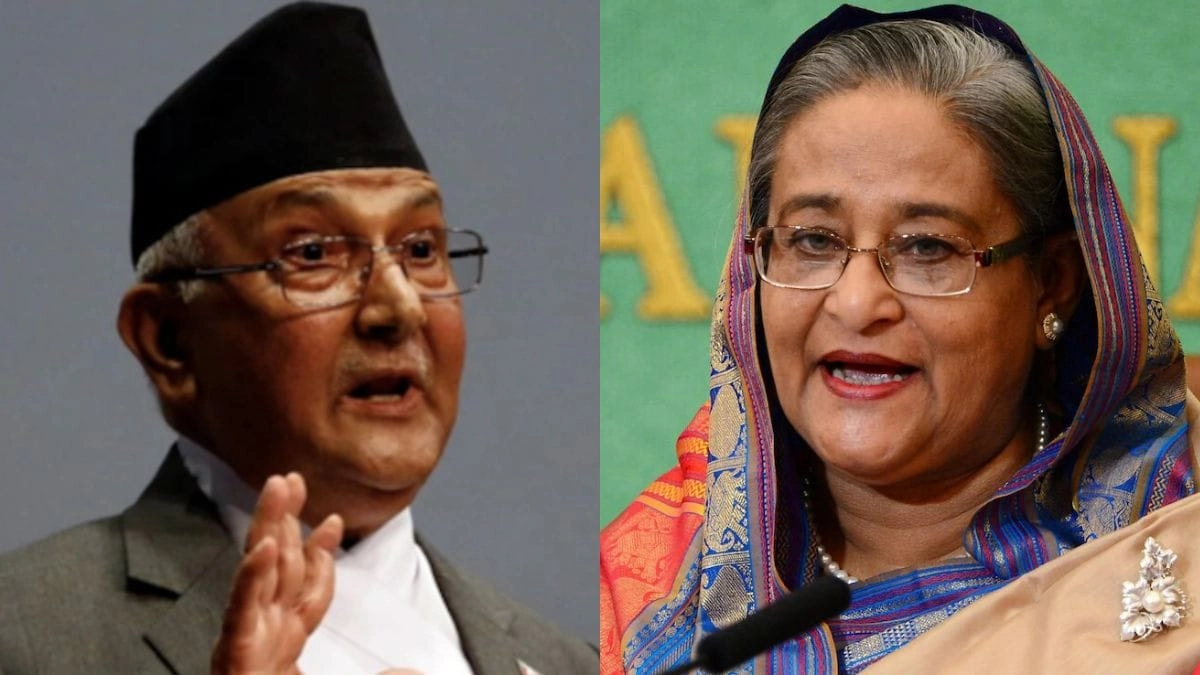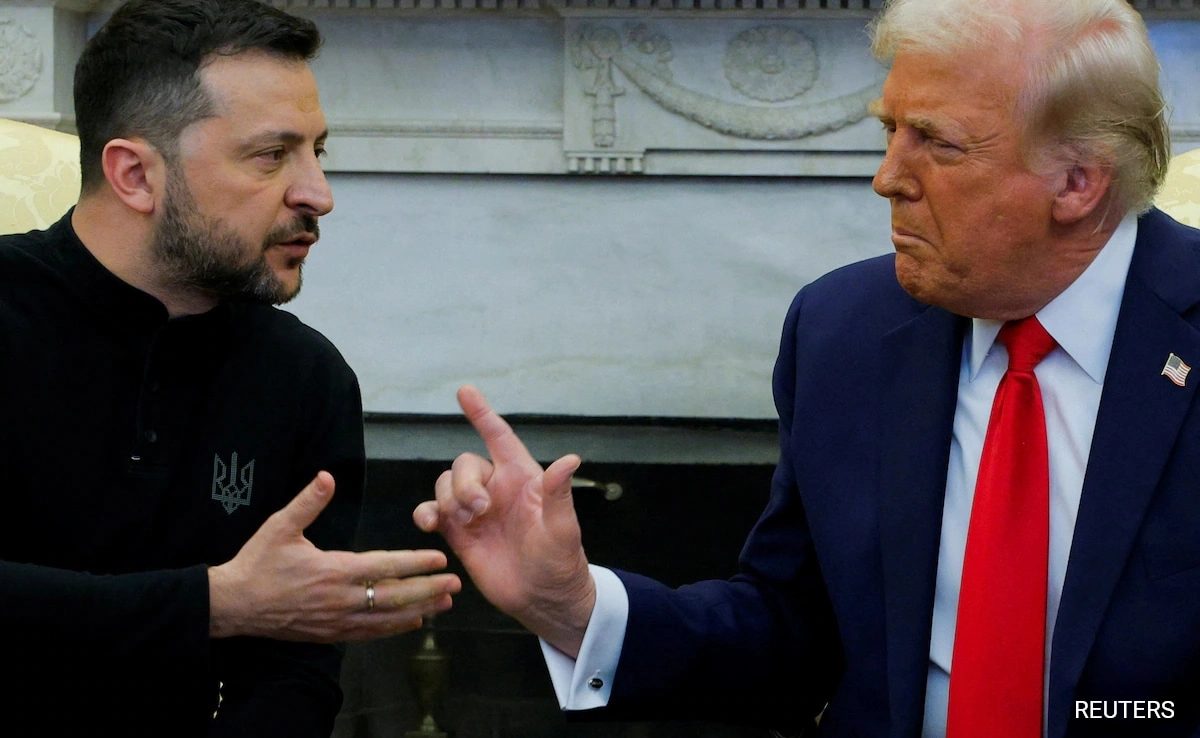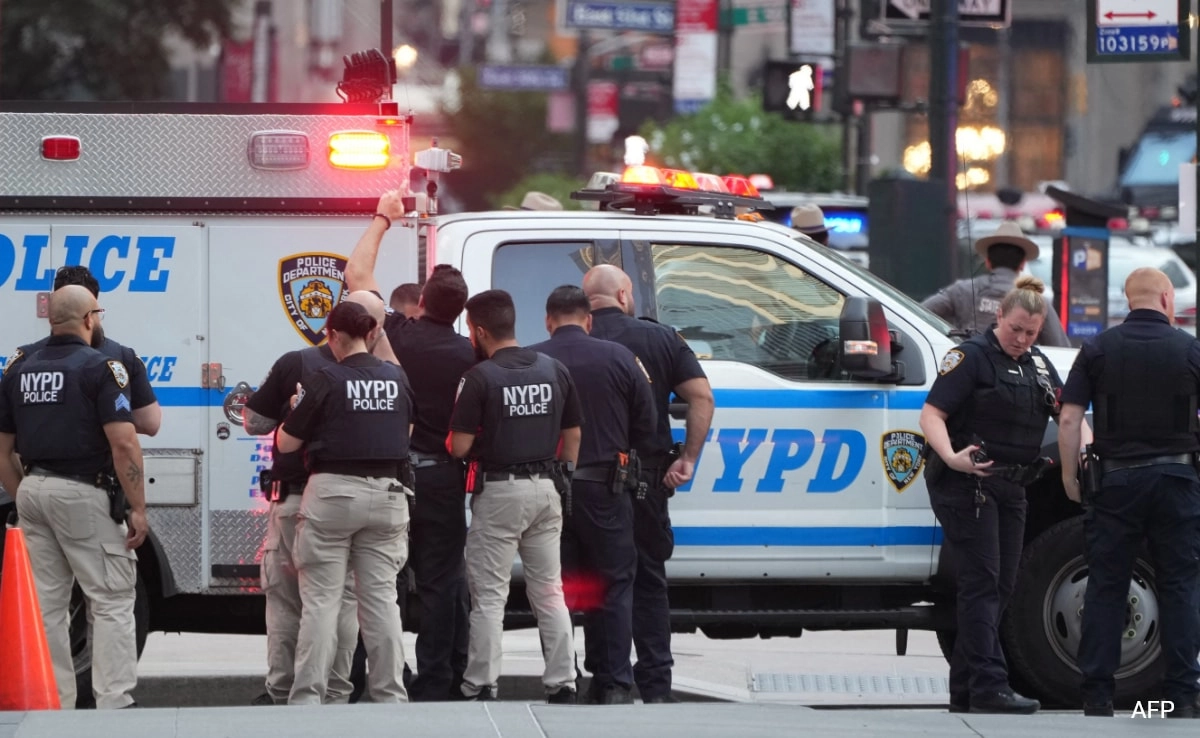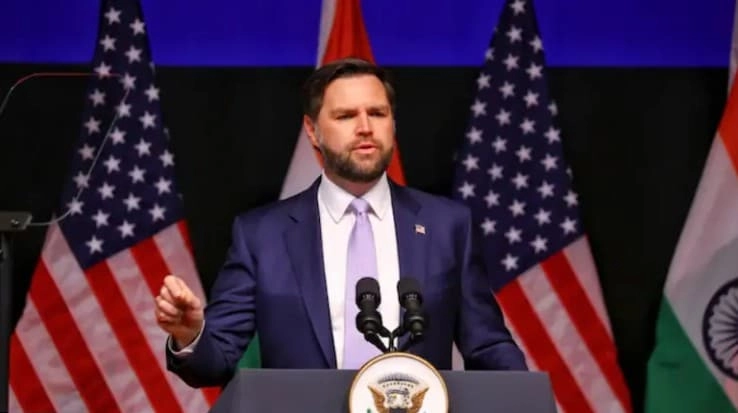In the political landscapes of Nepal and Bangladesh, the years 2024 and 2025 mark significant milestones that reflect the aspirations and challenges of their respective societies. Both nations are led by charismatic leaders who have emerged as pivotal figures in their political movements, shaping the future of their countries amid complex socio-economic issues. In Nepal, the leadership of Prime Minister Pushpa Kamal Dahal, popularly known as Prachanda, is characterized by a commitment to inclusive governance and a focus on economic development. His leadership style emphasizes grassroots engagement, aiming to connect with the diverse ethnic and cultural groups within Nepal. Similarly, in Bangladesh, Prime Minister Sheikh Hasina continues to lead her party, the Awami League, with a vision of economic growth and national stability. Her tenure has been marked by significant infrastructural development and a focus on women’s empowerment, reflecting a commitment to both progress and social equity.
The movements led by these two leaders are not just political campaigns; they represent broader societal shifts. In Nepal, the movement seeks to address long-standing issues such as federalism, social justice, and economic inequality. Prachanda’s approach is rooted in the Maoist ideology that initially propelled him into the political arena, but he has since adapted to the demands of a more democratic and pluralistic society. This evolution highlights the delicate balance between revolutionary ideals and the practicalities of governance. On the other hand, Sheikh Hasina’s leadership has been marked by a push for digital transformation and modernization in Bangladesh. Her administration has focused on leveraging technology to enhance public services and improve transparency, showcasing a progressive agenda that resonates with the younger generation.
Despite their differing contexts, both leaders face significant challenges that could impact their movements. In Nepal, political instability, regional disparities, and the need for a cohesive national identity pose ongoing hurdles. The diverse demographic landscape requires careful navigation to ensure all voices are heard and represented. Conversely, Sheikh Hasina’s government has faced criticism regarding democratic backsliding and human rights issues, raising questions about the sustainability of her leadership in the face of growing dissent. The ability of both leaders to address these challenges while maintaining public support will be crucial for the success of their respective movements.
As Nepal approaches 2025 and Bangladesh gears up for 2024, the parallels between their political trajectories become increasingly evident. Both countries are at a crossroads, where the decisions made by their leaders will not only shape their immediate future but also set a precedent for the region’s democratic practices. The interplay of leadership, public sentiment, and socio-political dynamics will be pivotal in determining whether these movements can translate into lasting change and stability. Ultimately, the experiences of Nepal and Bangladesh serve as a reflection of the broader struggles faced by democracies in South Asia, where the quest for progress is often intertwined with the complexities of governance and societal expectations.




